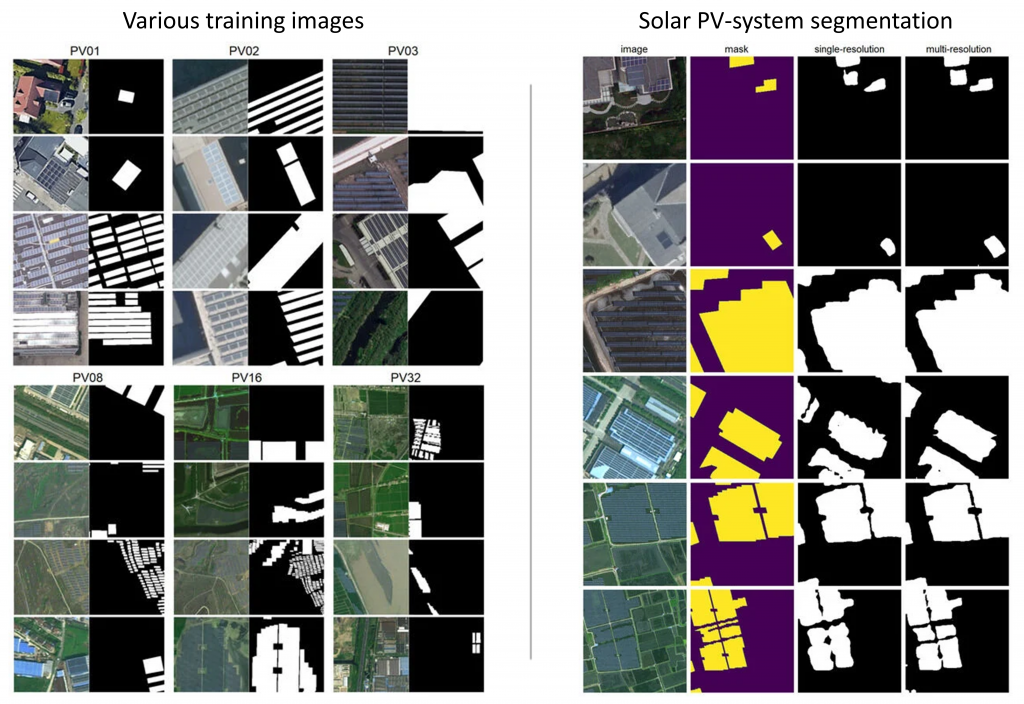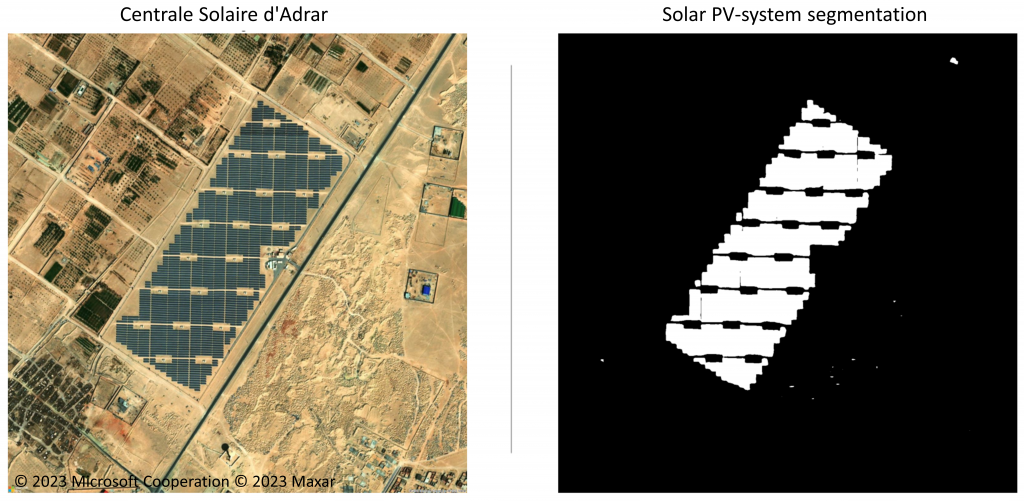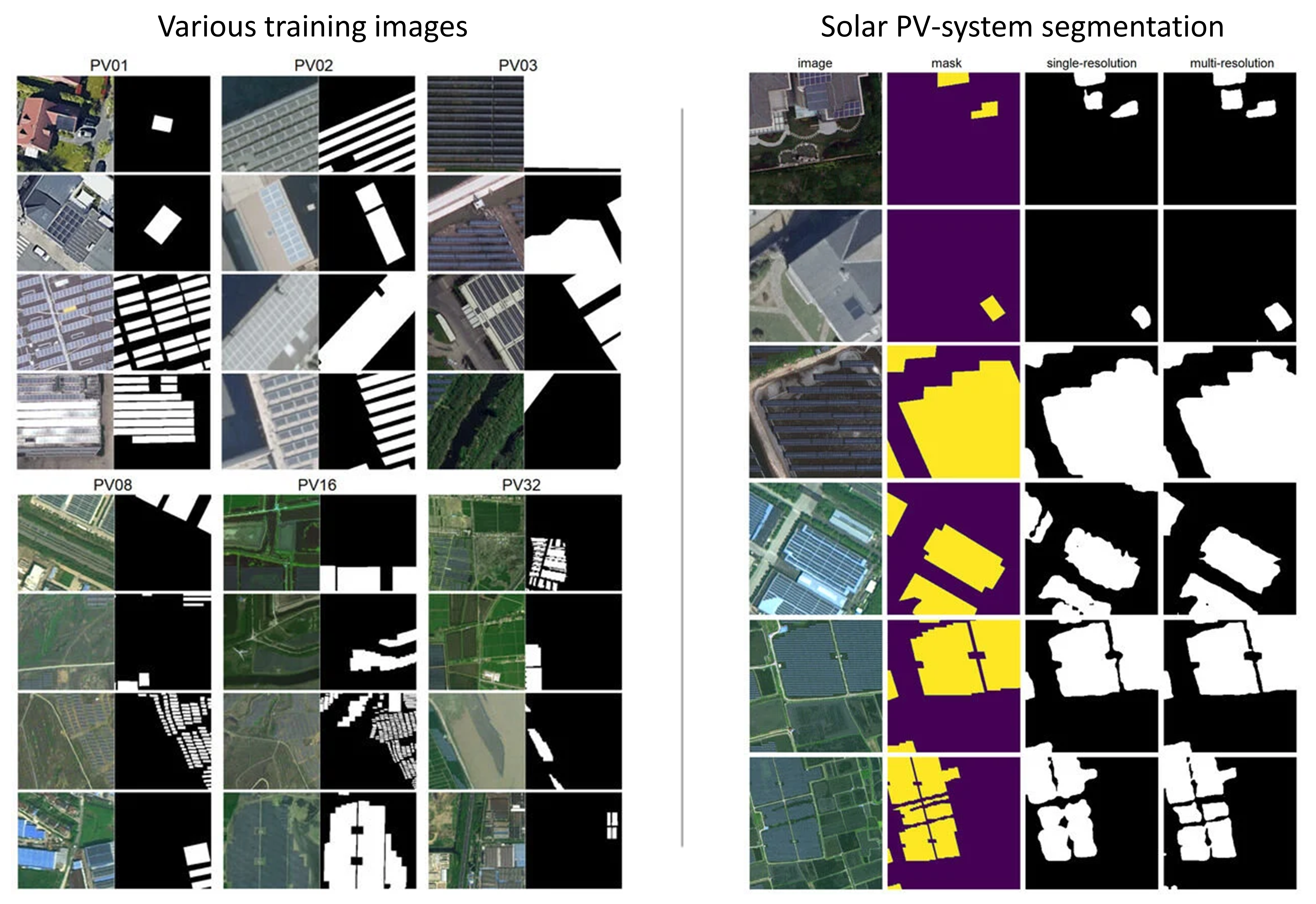The OASES project is dedicated to the development and presentation of a sustainable AU-EU ecosystem for the modeling of energy systems. The project places particular emphasis on the open-source concept and the availability of freely accessible data. To map existing energy systems, the project investigates methods for the detection of renewable energies combining satellite data and machine learning methods. In a previous article, updates on the progress of wind turbine detection using high-resolution satellite data had been explored..
Partners have made progress and are now able to share insights into advancements in detecting solar photovoltaic systems (PV-systems) within satellite data of varying resolutions. Their research demonstrates that utilizing satellite data at different resolutions can offer distinct advantages when training machine learning methods for PV-system segmentation. Combining data from various image sources enhances the overall accuracy of application. Furthermore, models developed through this approach demonstrate the ability to identify PV-systems in diverse image ranges. These findings have been documented in an article published in the open-source journal Remote Sensing.
Findings in open-access journal Remote Sensing
Kleebauer, Maximilian, et al. “Multi-Resolution Segmentation of Solar Photovoltaic Systems Using Deep Learning.” Remote Sensing 15.24 (2023): 5687.
Figure 1 initially presents diverse image data utilized in the machine learning process on the left-hand side. On the right-hand side, examples showcasing the successful segmentation achieved through various methods are provided. Additional details are available in the accompanying publication.

Various code for training and validating the models, exemplary applications and the final model for the application will be made freely available as accompanying material to the study.
Partners will now use the application in turn for various case study regions in the project. In Figure 2 shows the very first test for a part of the local case study area in Algeria. Here, the final segmentation model was applied to the Centrale Solaire d’Adrar.

The image demonstrates how the application separates the PV-system from its surroundings. These results can now also be used as a basis for estimating the capacity. Furthermore, there are plans to extend the application to larger areas in various case study areas in Algeria, South Africa, and Egypt.




